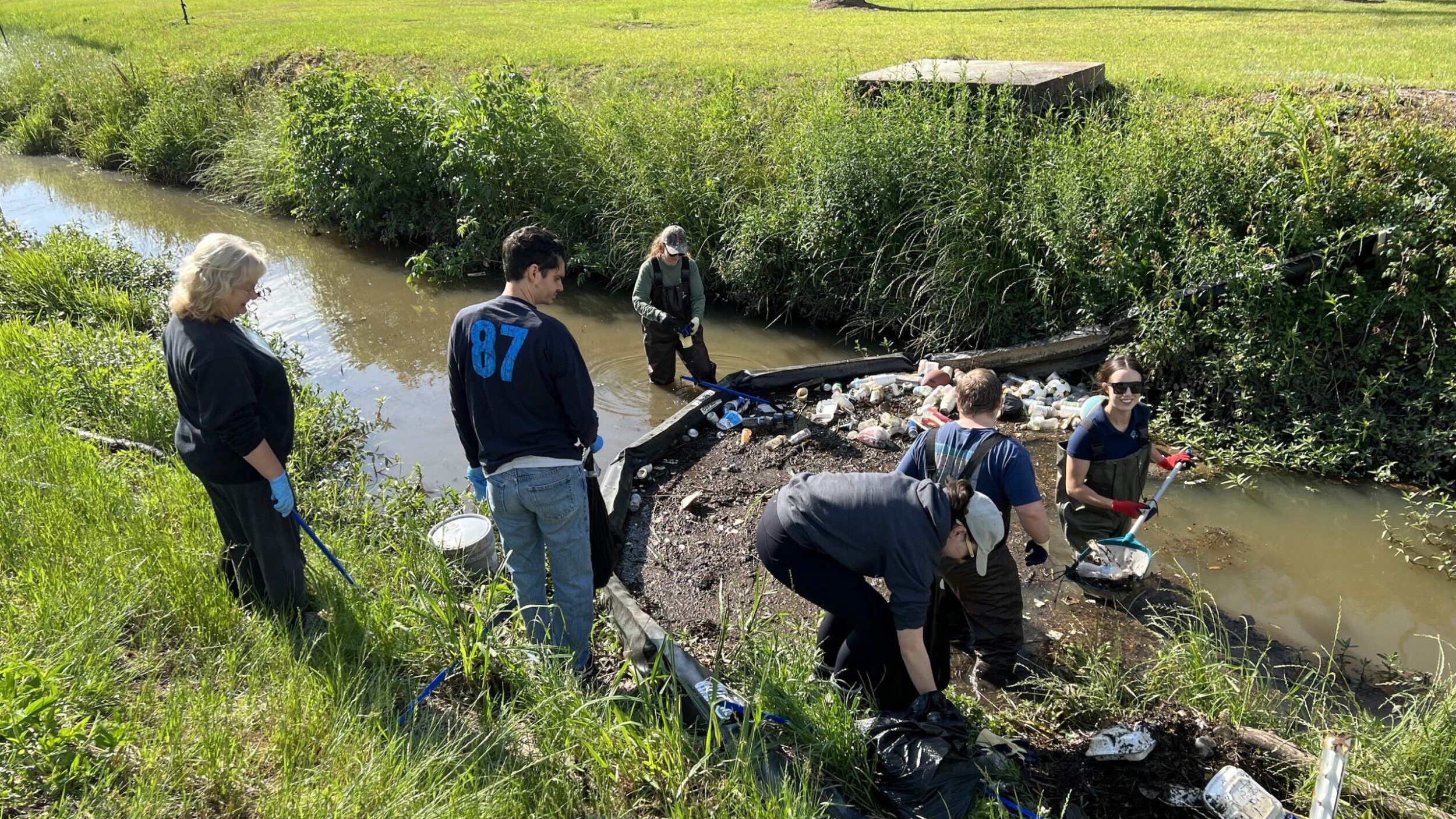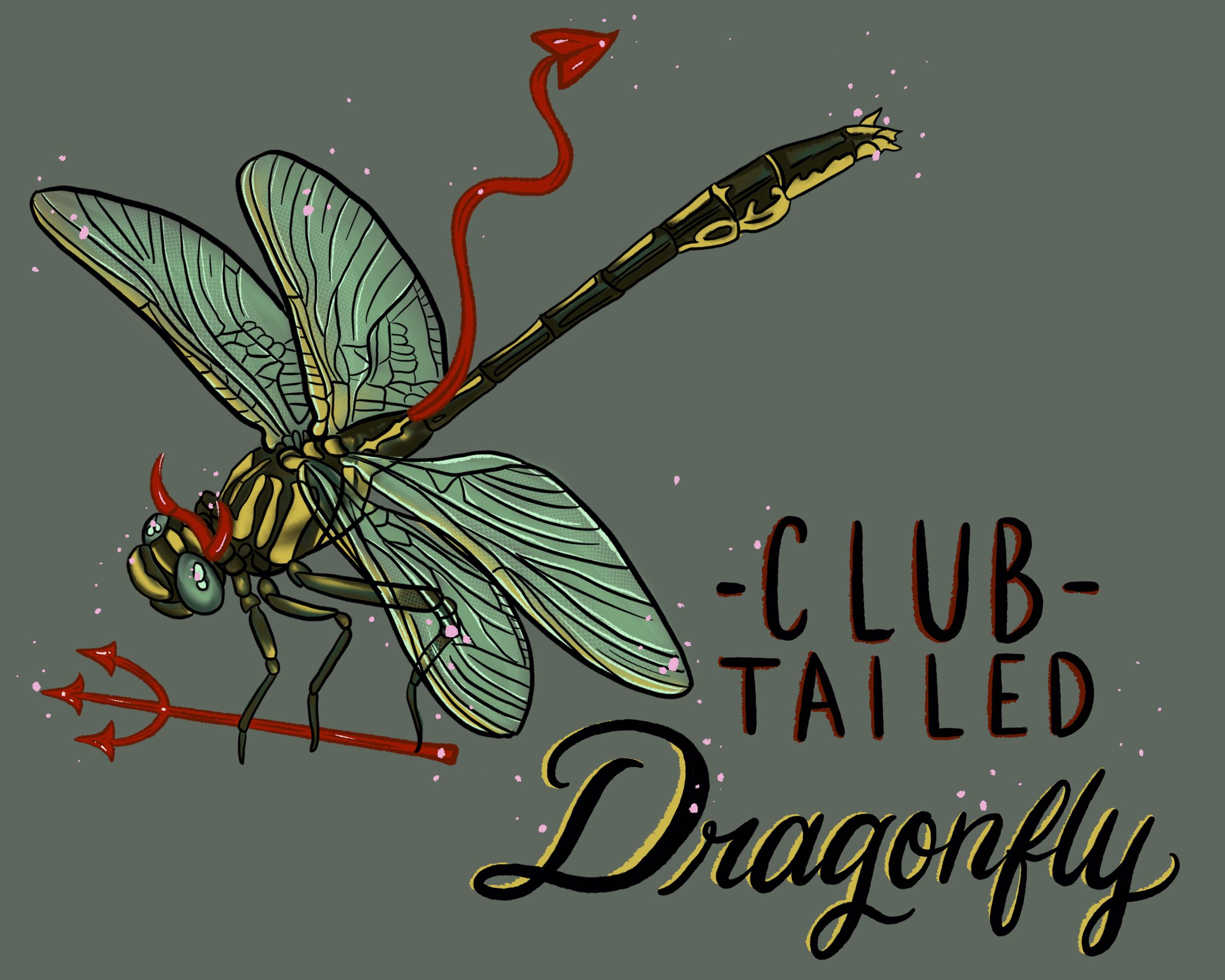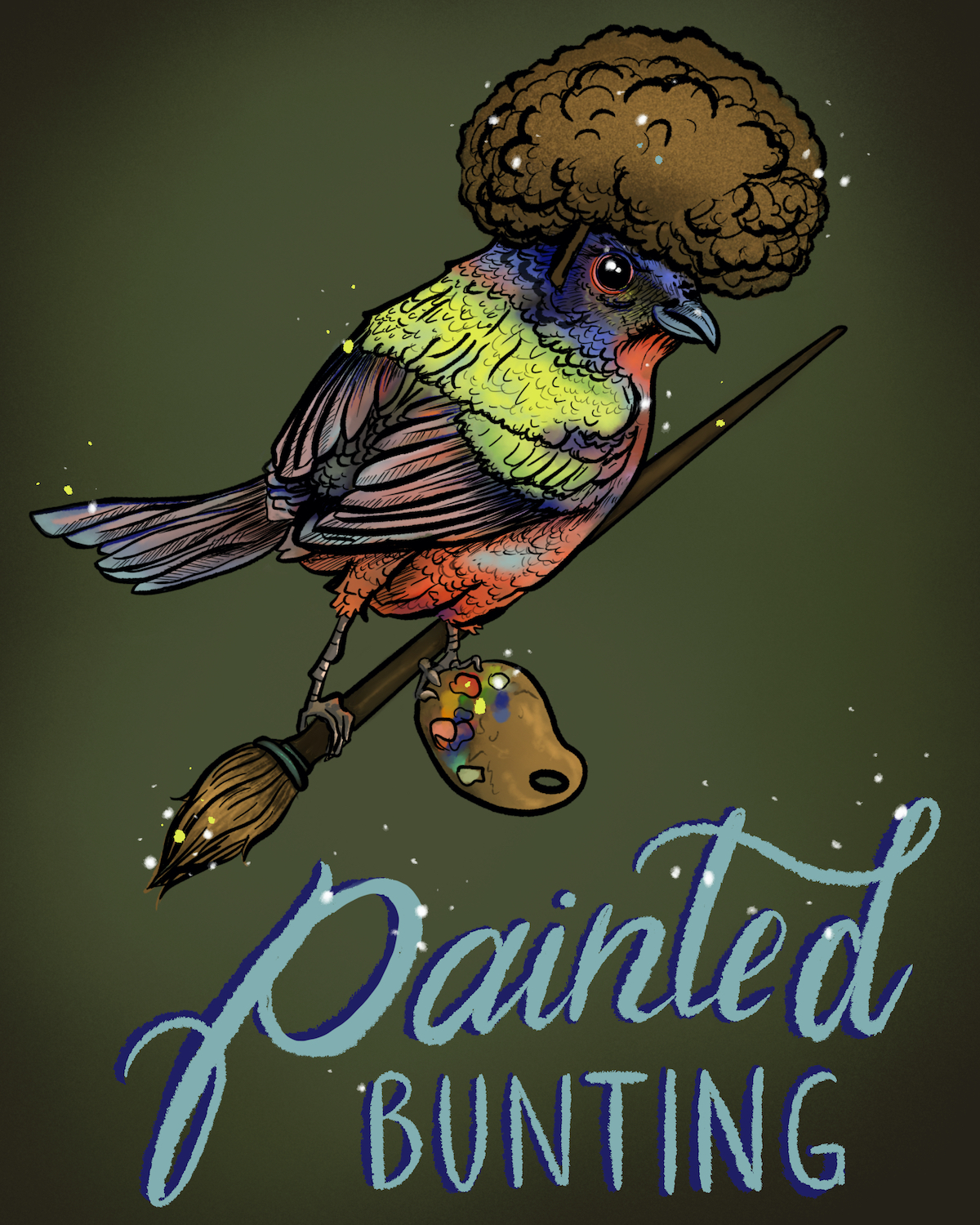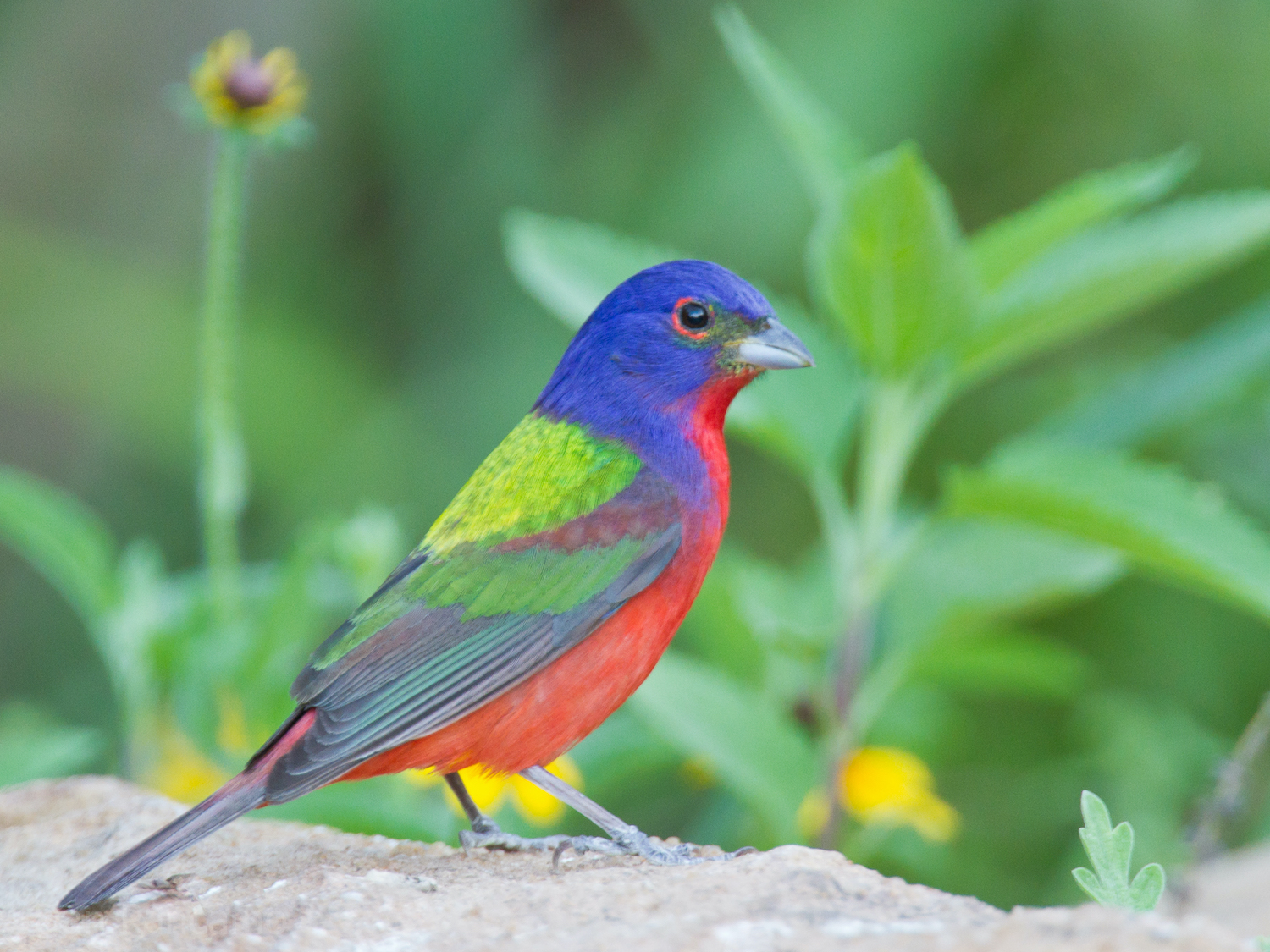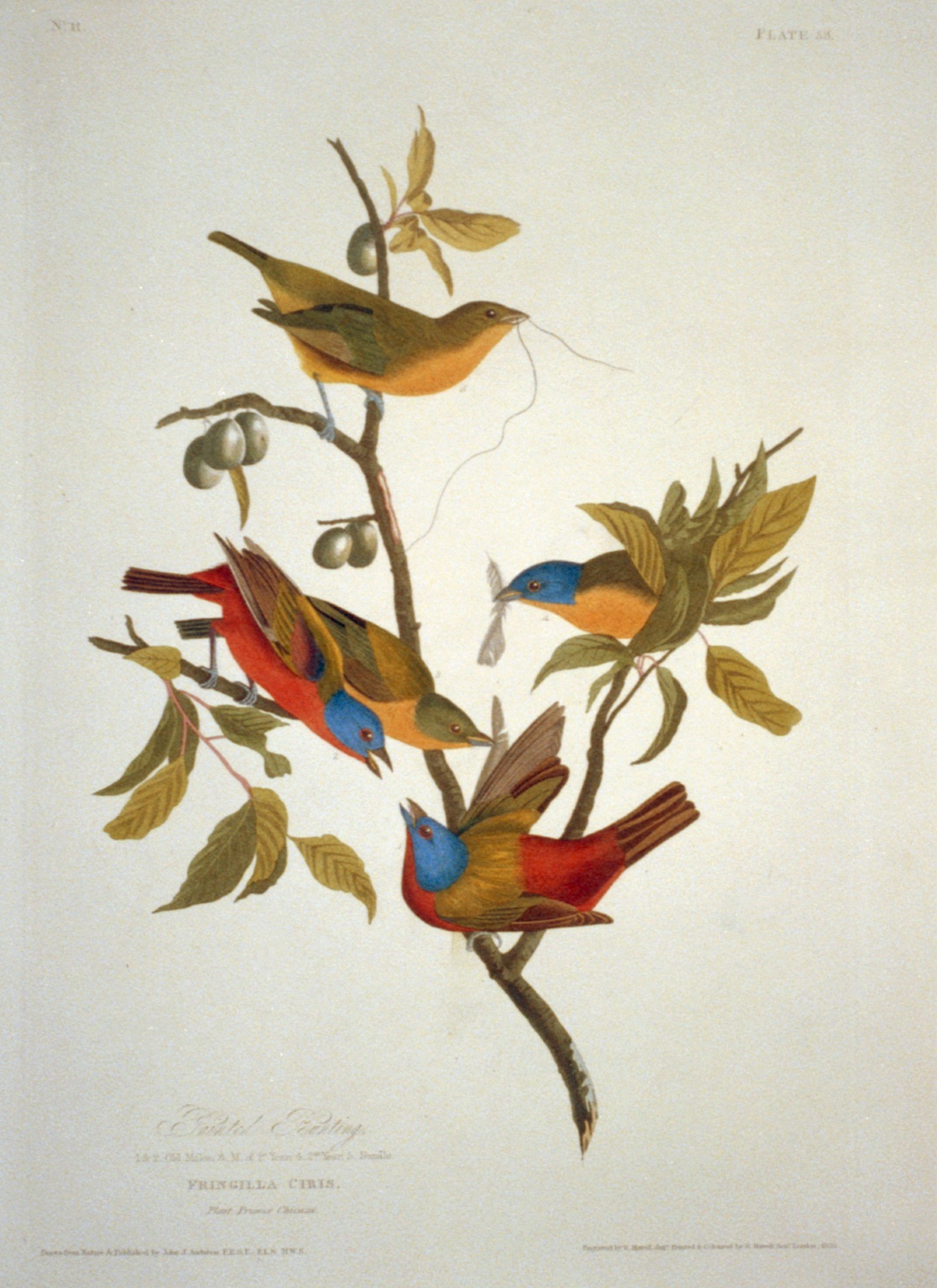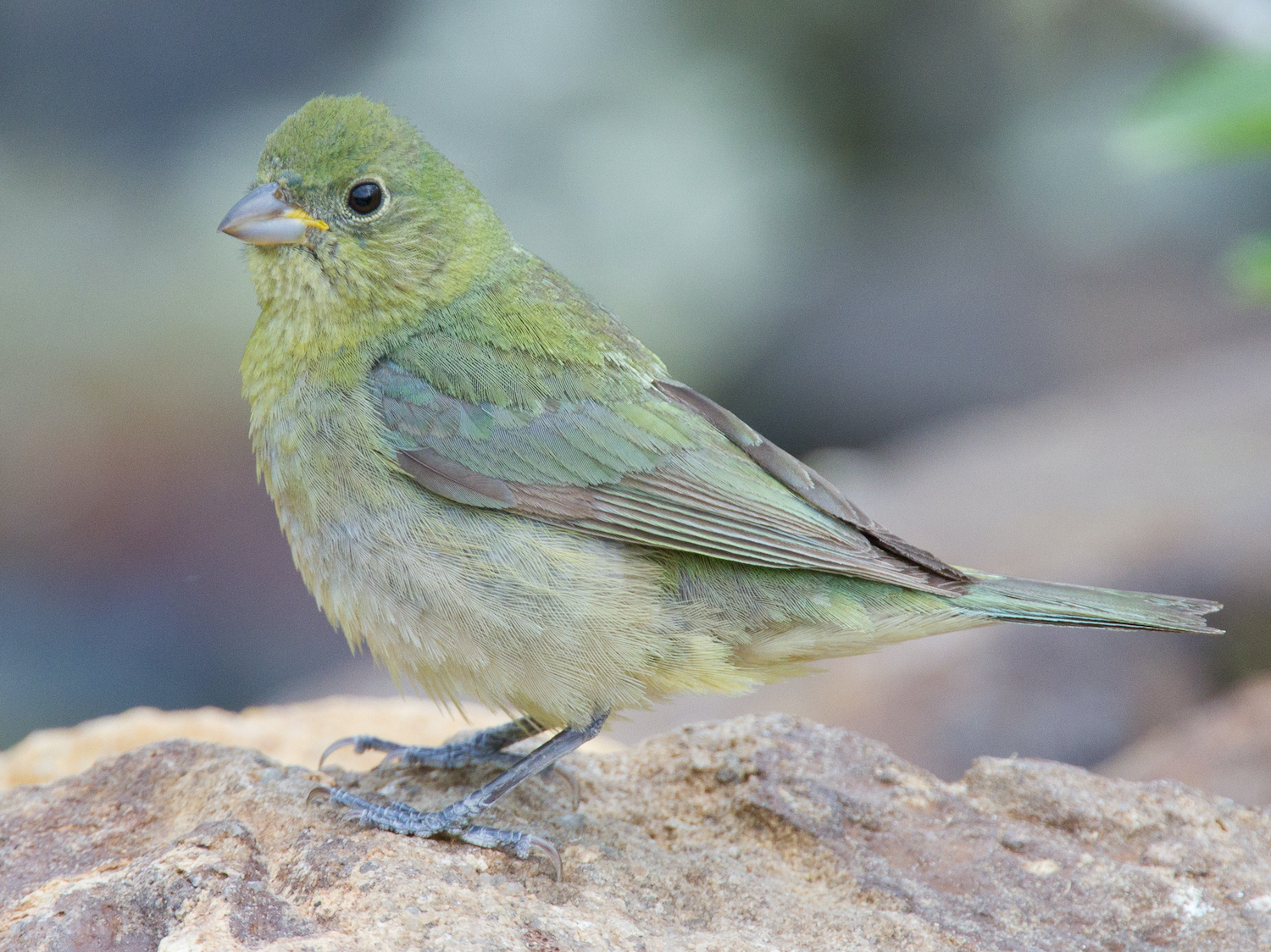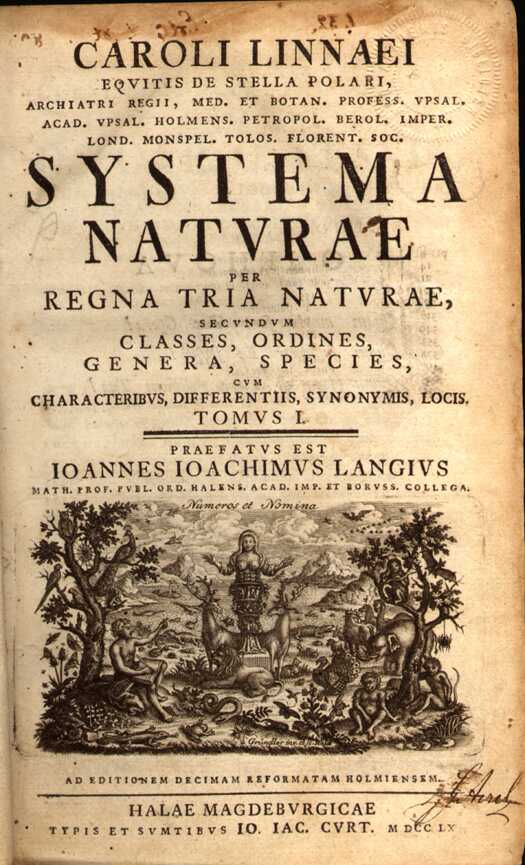DRAGONFLIES
Odonata anisoptera
DAMSELFLIES
Odonata zygoptera
Dragonflies and damselflies are closely related insects. Sometimes called ‘mosquito hawks,’ they are aerial predators that feed on insects such as midges and mosquitoes. They don’t have a stinger, but they can bite. None are known to be harmful to humans.
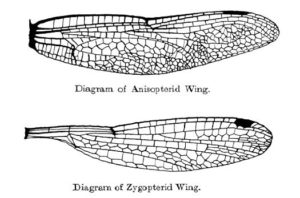
Dragonflies and damselflies can be distinguished by the shape of the their wings. Anisoperta means “unequal wings” as dragonflies have slightly different pairs of wings. Zygoperta, meaning “equal wings” refers to damselflies. Both sets of wings are the same size and shape.
In the world there are about 5,000 species of odonata, with about 450 in North America. The Ogeechee and Canoochee Rivers are home to a few species, including some uncommon ones.
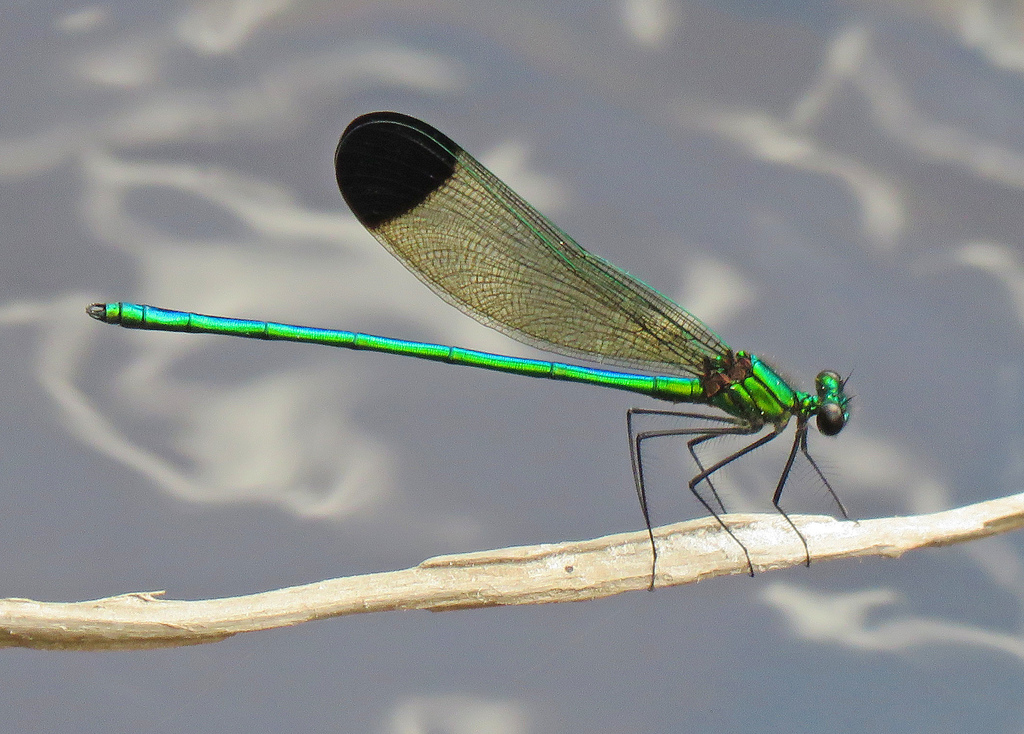
Sparkling jewelwing
Calopteryx dimidiata
A damselfly (note the aligned wingsets in photo above), it is large and easily found in Georgia and across the southeast. It’s typically found in sandy forest streams, particularly acidic ones like the blackwater Ogeechee and Canoochee rivers.
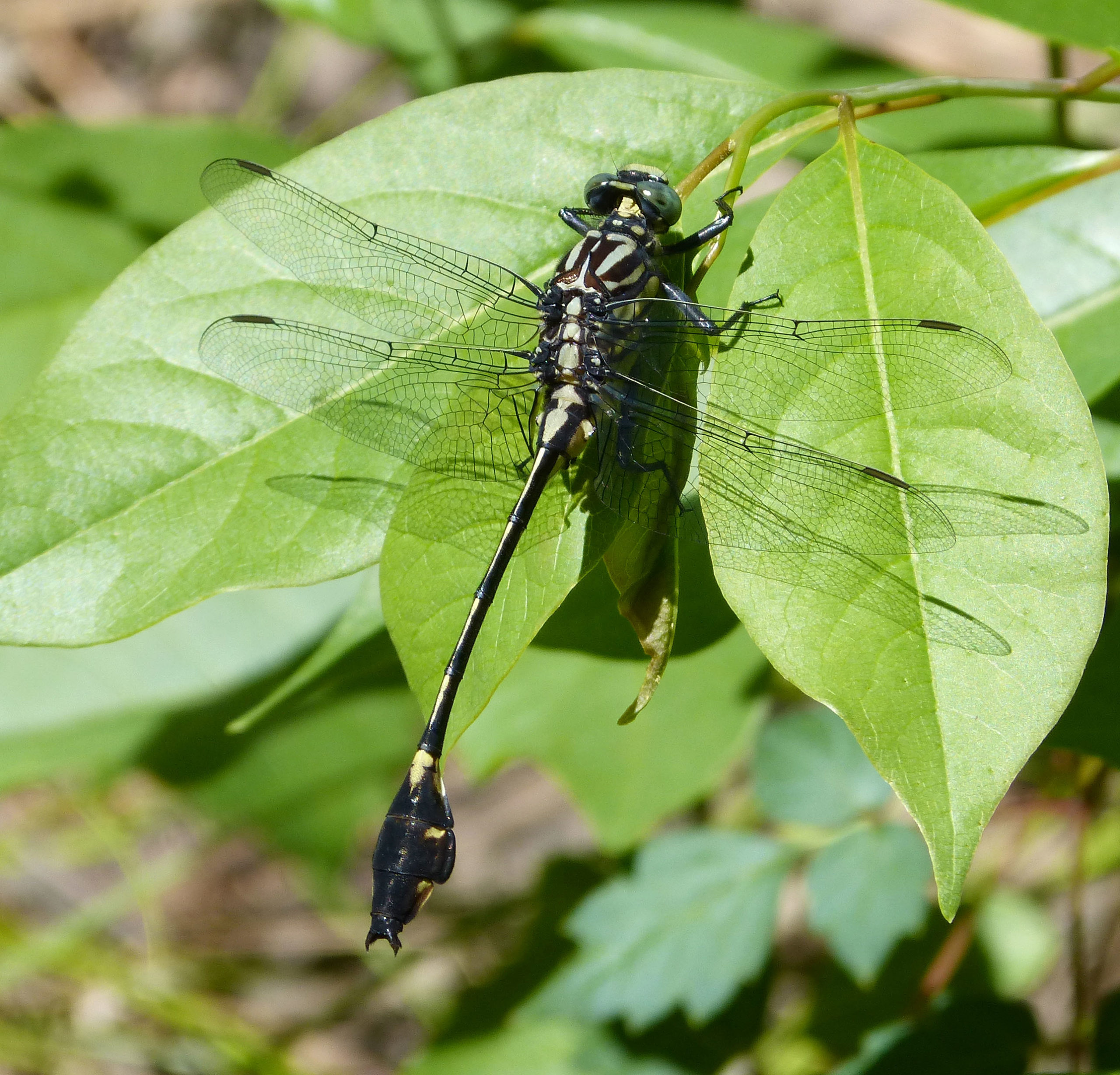
Blackwater clubtail
Gomphus dilatatus
This dragonfly is fairly uncommon and only found in the coastal plain regions. They tend to live near slow-moving rivers or streams with sandy or silty bottoms and perch on leaves or branches close to the water. The genus gomphidae is noted for its club-like tail and clear wings. There are fourteen of this genus in Georgia, but are difficult to study due to their rarity and short season.
*click any image for source information
